Total live exports for the year to date stand at 233,705 head, some 56,448 cattle more than the corresponding period in 2017.
Calf exports at 156,022 head are up 54,870, weanlings number 28,898, a lift of 2,640 head, while store exports at 20,119 are down 5,263. Lastly, live exports of finished animals total 25,750, an increase of 1,456 head.
With calves underpinning higher exports, it is not surprising that there are significant differences in the volumes of calves moving to the main destinations for calf exports.
As detailed in this week’s paper, the greatest change in exports is to the Spanish market with over 35,000 extra head exported, much of which comprises higher numbers of calves.
Main destination
The Netherlands has commanded the position as the main destination for live exports of calves in recent years but will be surpassed in 2018 by Spain.
The market, however, is still critical with total volumes imported in 2018 standing at 48,080, an increase of 6,184 on 2017 levels.
France recorded a similar increase but from a much lower starting point following a significant dip in live exports in 2017.
There has also been impressive recovery in live exports to Belgium as detailed in Table 1. The Belgian market was traditionally a steady performer but exports of calves ceased for a period in 2015 and 2016 following the introduction of stringent IBR restrictions which have since been altered to allow exports to take place while still enforcing strict rules and regulations.
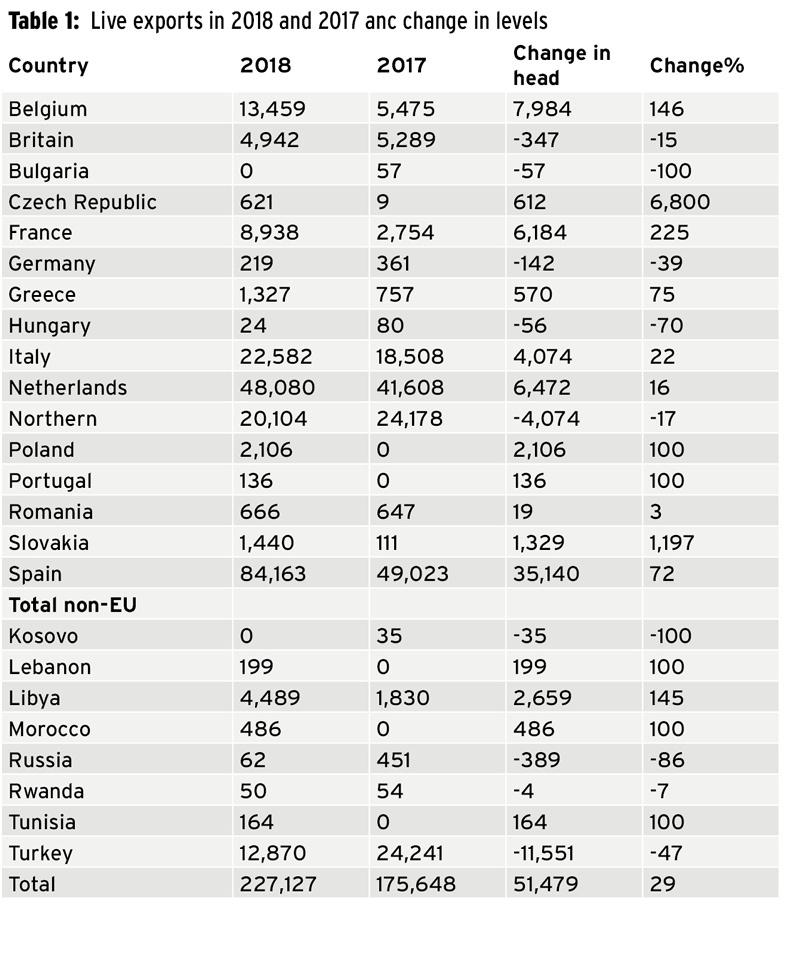
Calves
Italy has repeated its purchasing activity of calves and also added imports of Angus weanlings and stores to its import requirement. Imports of weanlings remain subdued with the market still a long way from its dominance a decade ago.
There has also been steady numbers of cattle exported to Poland this autumn, with total volumes standing at 2,106 head.
In recent weeks, there has been about 200 head of male weanlings and calves exported live to Poland with 173 weanlings and 34 calves exported in the week ending 18 November.
Notably, in the same week there was also a consignment of 225 heifers and four bulls exported live to Russia, 61 heifers to Kosovo and 134 weanling bulls to Morocco.
Libya
Speaking of non-EU markets, there have been very significant changes in 2018. Live exports to Libya received good news this week with the addition of breeding and finished animals to their live export certificate with Ireland.
The total number of 4,489 head exported to date will also be boosted by news that Curzon livestock will export another shipment in mid-December.
The major reduction in live exports of weanlings and stores has been in Turkey with exports almost halving on the back of a major weakening in the value of Lira to the euro, leading Turkey to look to South America and other avenues for cheaper imports.




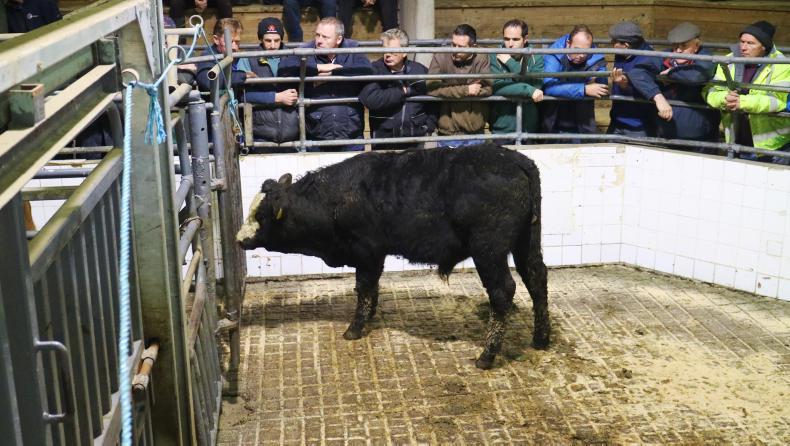


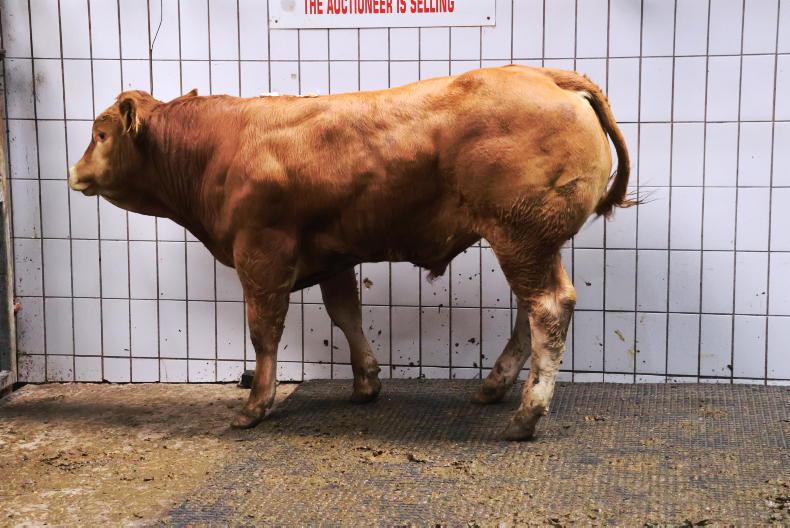
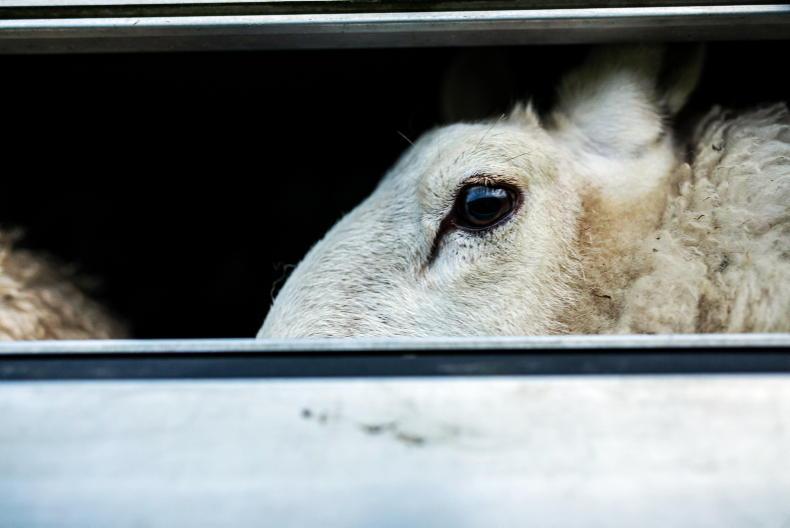
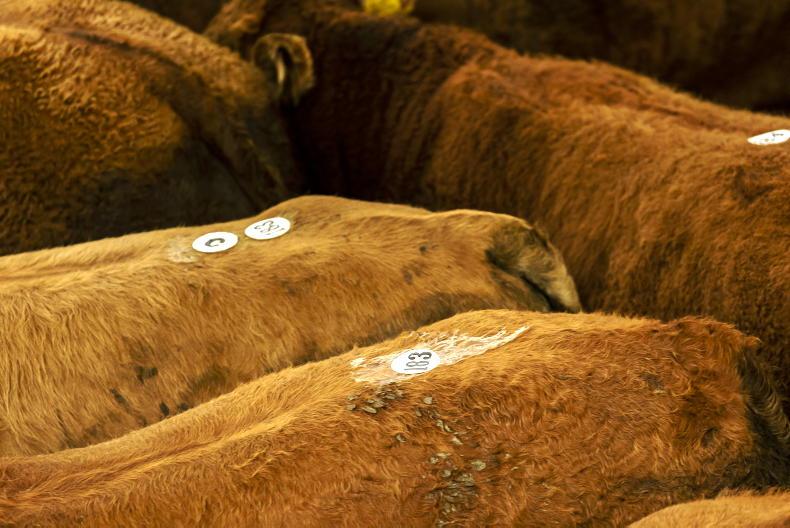
SHARING OPTIONS